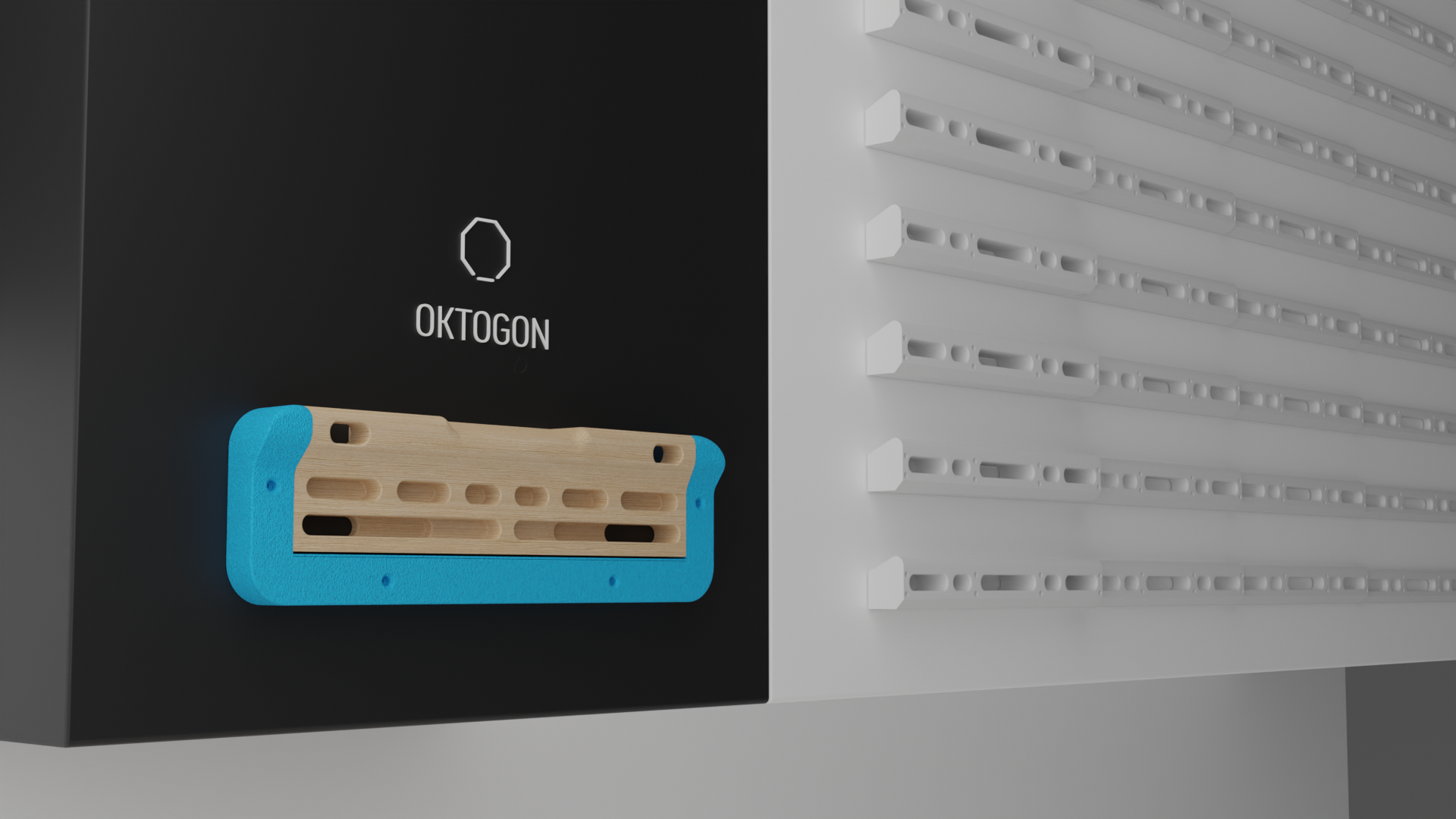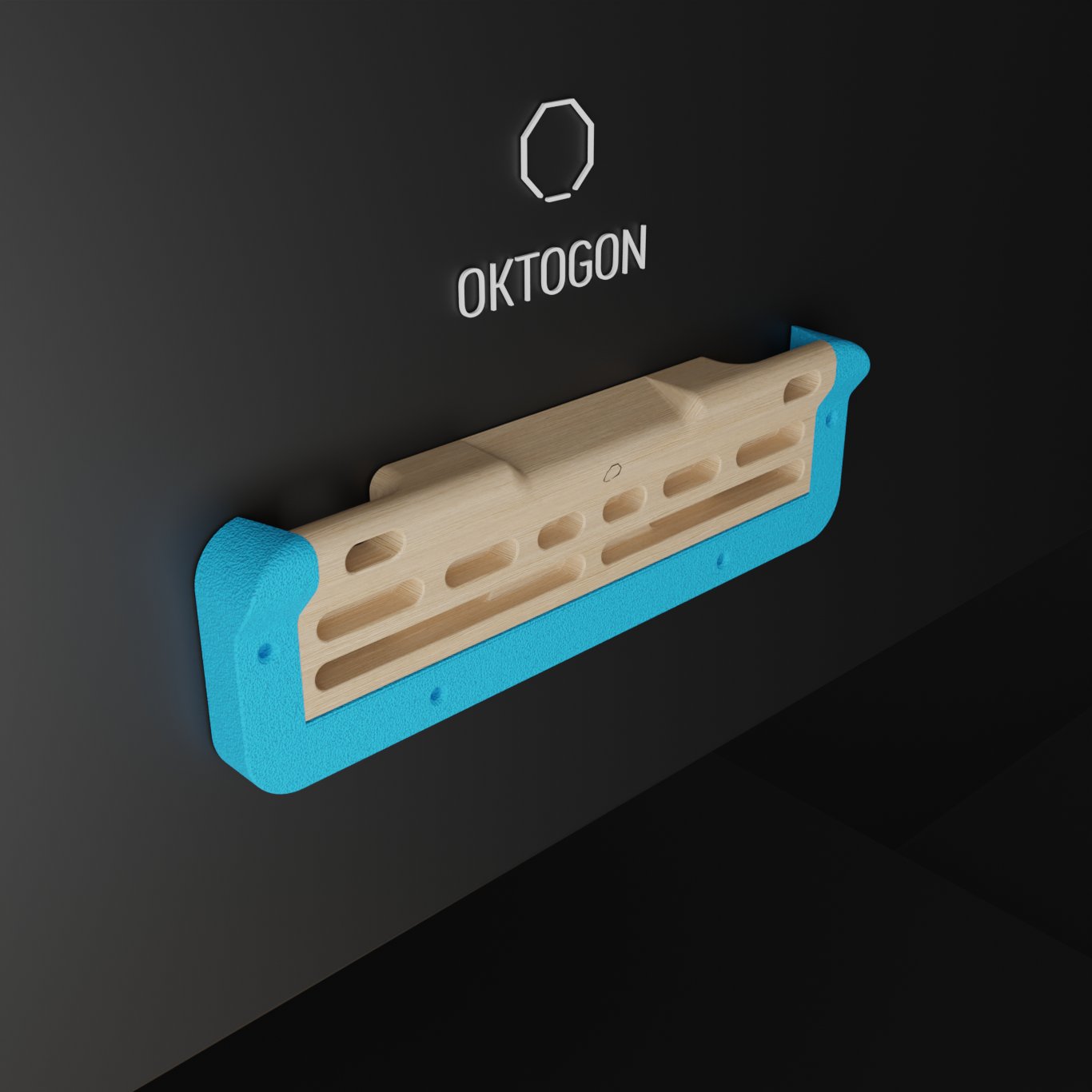DETAILED DESCRIPTION
Humans need to compete in the society that has made our world to change constantly. There is still an inner ape in human beings, so people want to show what they do good, and get better every day.
Work, sport, politics, it doesn‘t matter the channel, there are people for everything, because of this love of the humanity of competition exists wars. luckily nowadays the wars have been drastically reduced, and instead, now
we have sport, where one every 4 years all nations compete to find out which nation is the strongest, fastest, …
In the alpine regions climbing has been in vogue since 1980, and shortly this discipline has increased the number of members drastically, increasing the number of injuries caused by this sport.
Based on this theoretical research and the need of the athletes to train and get better, the empirical research started, guided by the research questions:
What are the most critical factors for performance improvement in climbing?
Based on the answers Oktogon was born since the big factors for improving in climbing are eight: mindset, finger strength, movement technique, endurance, core, body weight, lifestyle & circumstances, and tactics.
Campus board and the force board

The brand Oktogon was born to help climbers to improve all these factors to develop stronger and better climbers more efficiently and enjoying the way, having more control of the training and making it playful.
After going native and trying to train and improve fast and efficiently, experts of all important fields for this project were interviewed. experienced climbers, coaches, physiotherapists, sports nutritionists, sports psychologists, and sports scientists.
These few words an experienced climber said during an interview summarises the empirical research roughly.
„It would be amazing if I would be able to measure pulling power on one arm or both arms on different holds and that way I would be able to have a much better and more accurate insight into my progress and
whether or not I am moving in the right direction.”
by Anže Borinc, an 8b+ climber from Slovenia.
After that and more finings of climbing performance, the design brief was elaborated, as the goal to fulfill these necessities that climbers have to train more effectively and improve faster.
Three possible concepts were ideated, but just two of them were developed a bit further. For proving that the direction was interesting enough for all stakeholders some climbing gyms were contacted. After the presentation of both concepts, the force board was selected and validated for the next phase, the development of the product.

During the design part, lots of iterations were conducted to ensure the quality and usability of the product, that is why already in the first stages. The experts were contacted to ask about details.
The last iteration was to ask about aesthetics to a bigger amount of people, asking for the color range of the product, which derivated in adopting blue as a principal color for the product. The color concept was established also as a function dor the product, differentiate pieces, inform that boards are changeable, create attraction, and as a unique element for differentiating from competitors.
This element was the only one a bit less sustainable in the material selection, the rest is wood or PLA both super materials that can be reused, recycled, and more important are biodegradables.
But the blue element is not bad at all, the blue color used is a cradle to cradle color, and it is used also as protection, furthermore, it could be repaired easily from scratches.
Since the board has not enough features as a product to be competitive in the market, a mobile application was designed, to fulfill the need of the climbers to know themselves better, creating this way a measuring tool
for different climbing holds, the app would not just get data from the sensors placed in the board but will analyze them and display them in a usable and comfortable viewport for a good User experience.
After the design process, an extra empirical part was implemented design testing, where the main part was a workshop showing the prototype and app to different climbers and trainers.
The application was optimized and some design issues were also fixed, these were mostly ergonomic issues that decrease the probability of injury creating holds for healthier holding postures.
In the business plan, The brand was created with a logo, including a small brand book, company statements, vision, and mission were also written. The value proposition and the USP were also carefully designed
and in the end, it was calculated how the first three financial years would look like.
But basically, the plan for this project is not to sell units, but to offer a service of measuring devices to climbing gyms. This makes the project much more sustainable.
The product responsibility keeps in the company, so if something breaks, Oktogon is in charge of repairing it.
The most important reason, there is not the necessity of selling millions of units for being successful as it is shown in the calculation.
